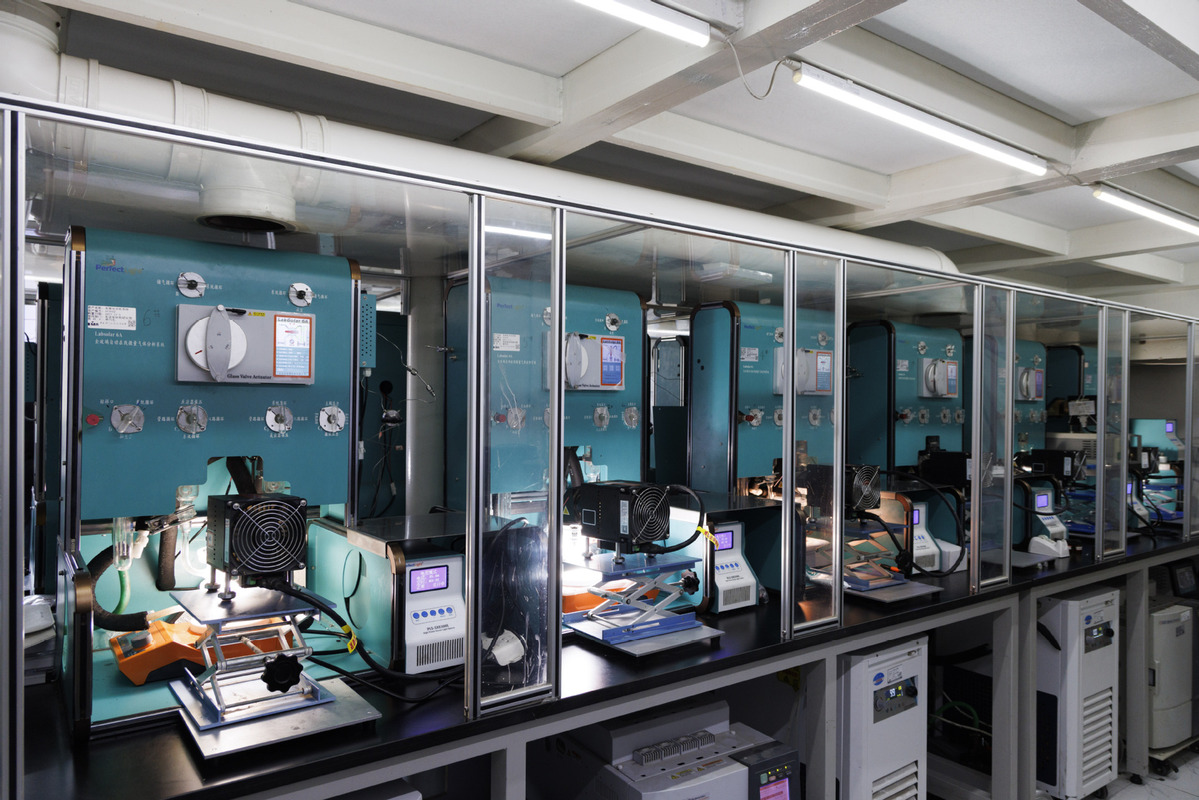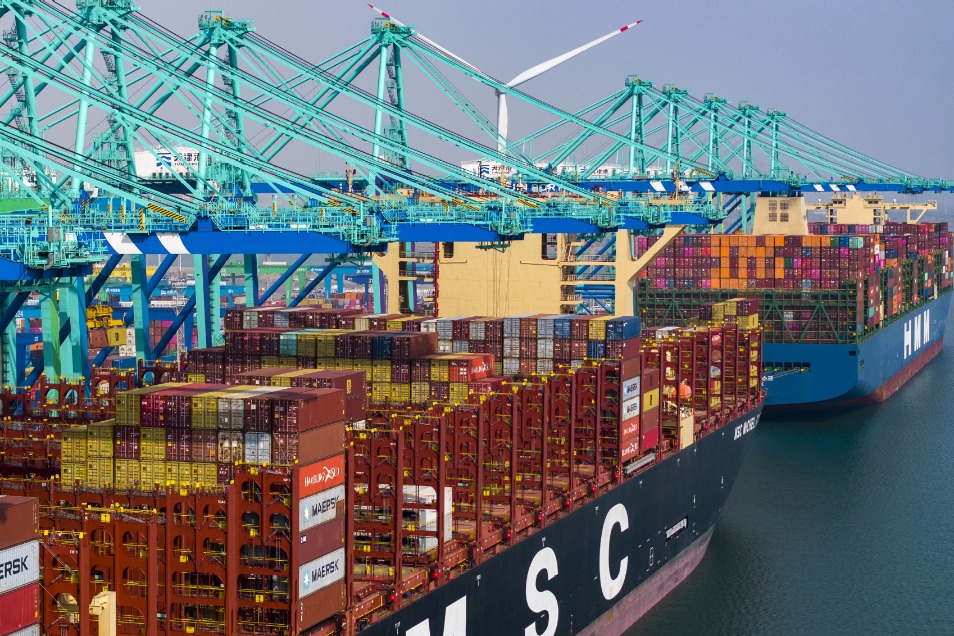Splitting water with sunlight produces hydrogen


SHENYANG — French sci-fi author Jules Verne predicted about 150 years ago that water would become the fuel of the future. Today, scientists are striving to turn this fantasy into reality.
Chinese researchers recently achieved a breakthrough in "photocatalytic water splitting for hydrogen production". By performing "structural reshaping" and "element substitution" on a semiconductor material, they significantly enhanced the efficiency of converting water into clean hydrogen energy by using sunlight.
Current solar-driven hydrogen production primarily relies on two methods — one uses solar panels to generate electricity for water electrolysis, which requires complex and costly equipment, while the other employs semiconductor materials as catalysts to directly split water molecules under sunlight, according to Liu Gang, director of the Institute of Metal Research of the Chinese Academy of Sciences and leader of the research team.























